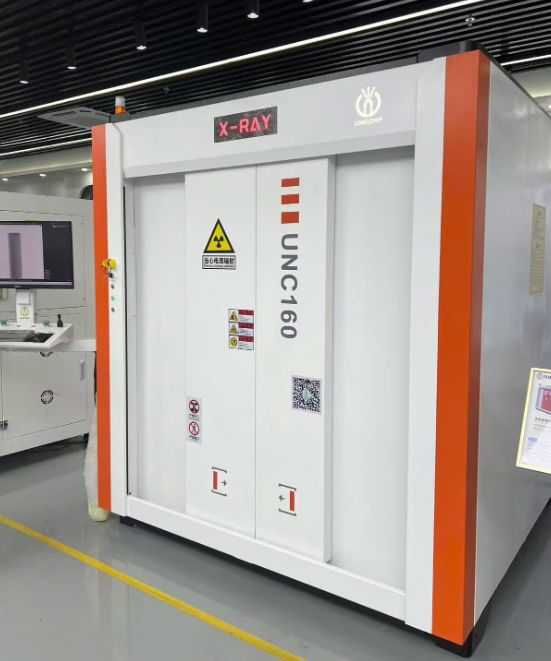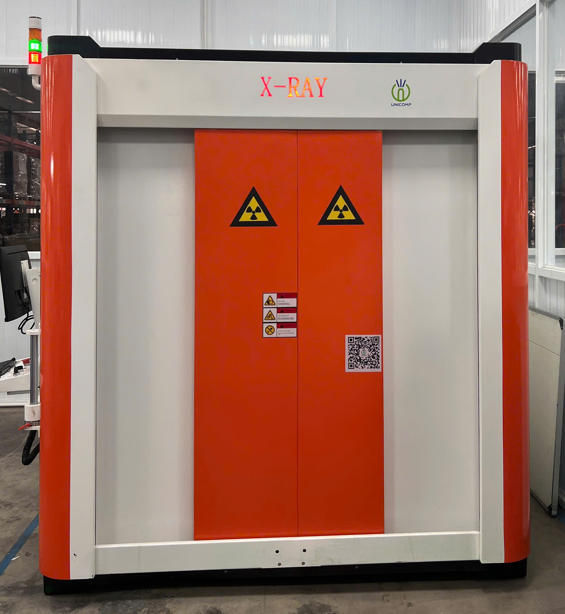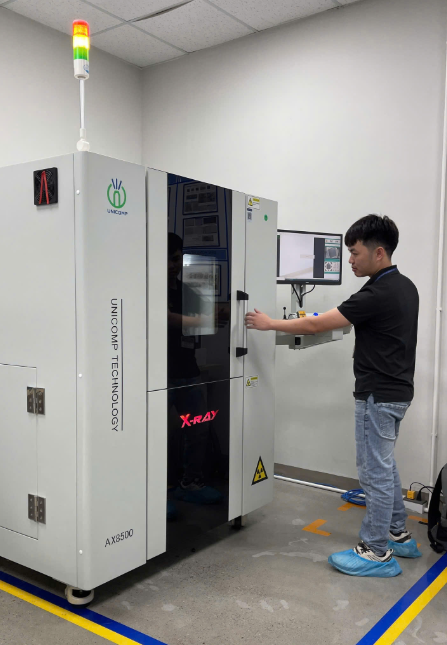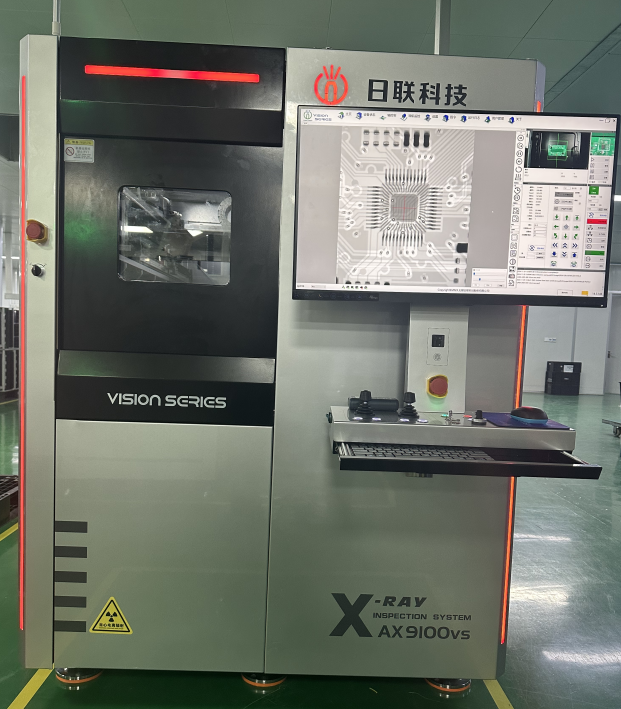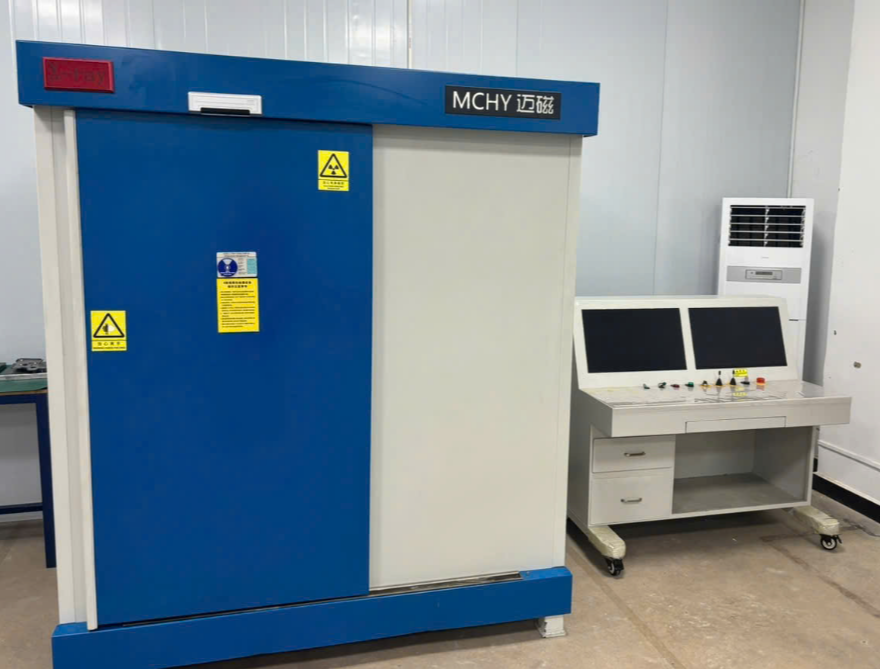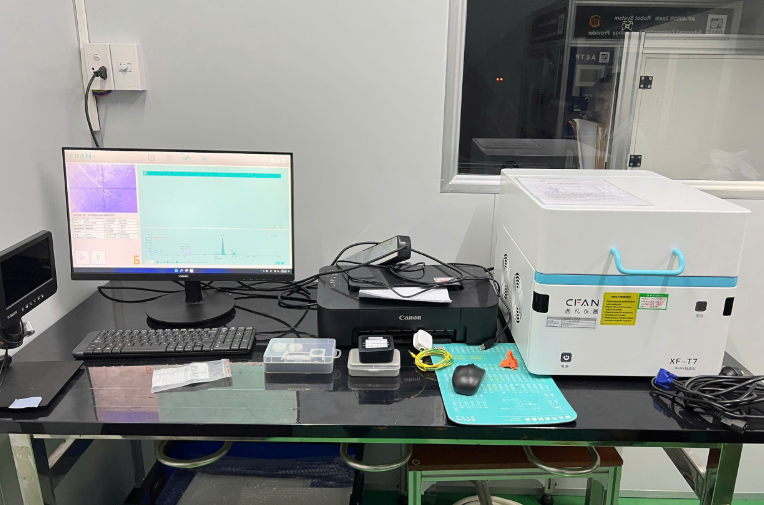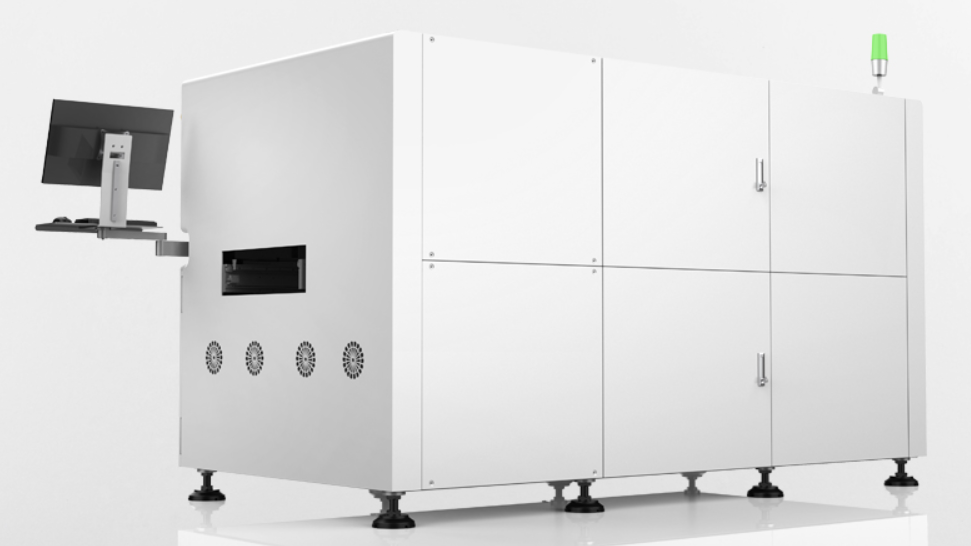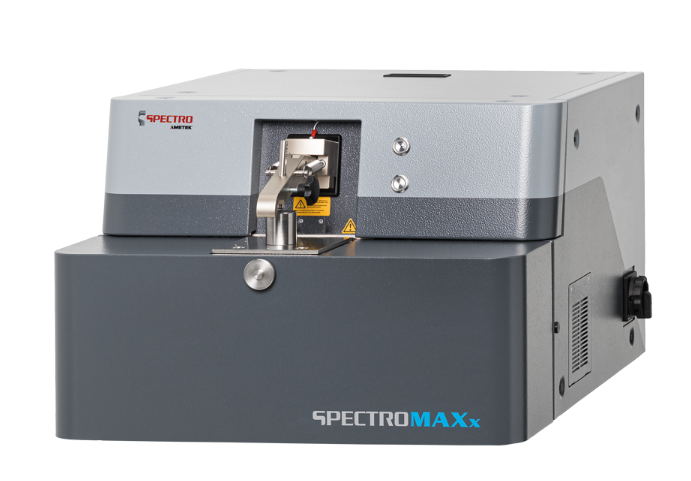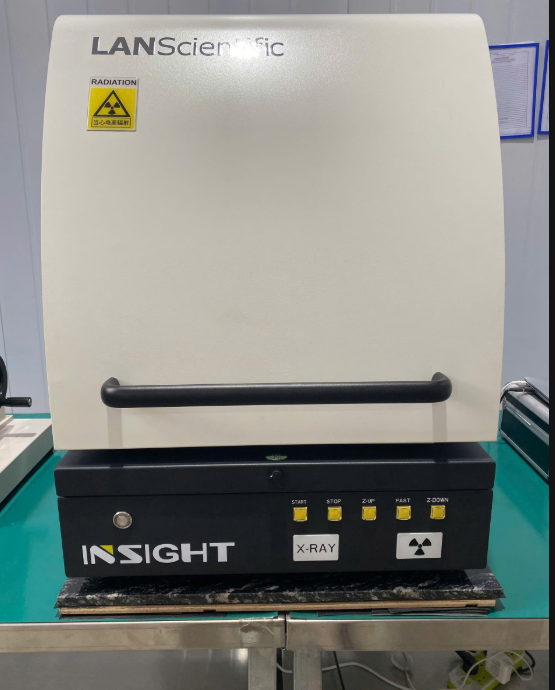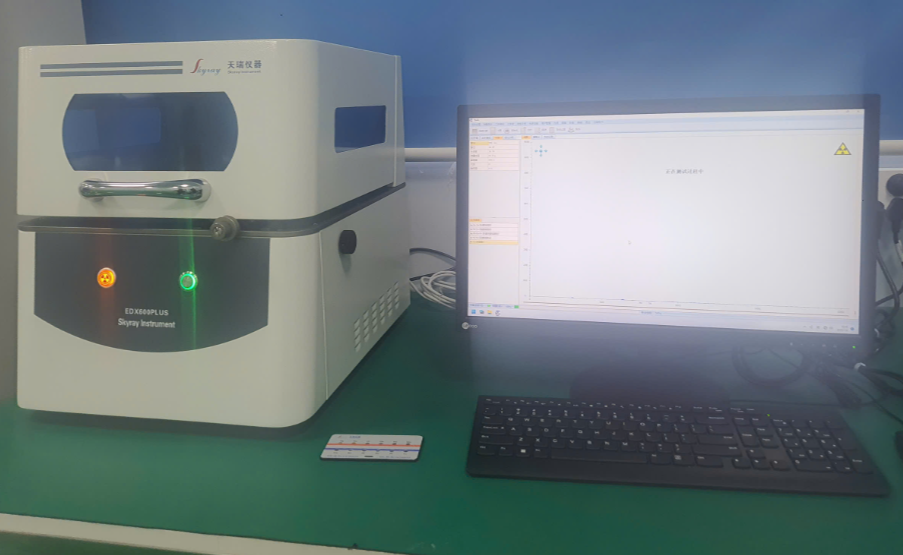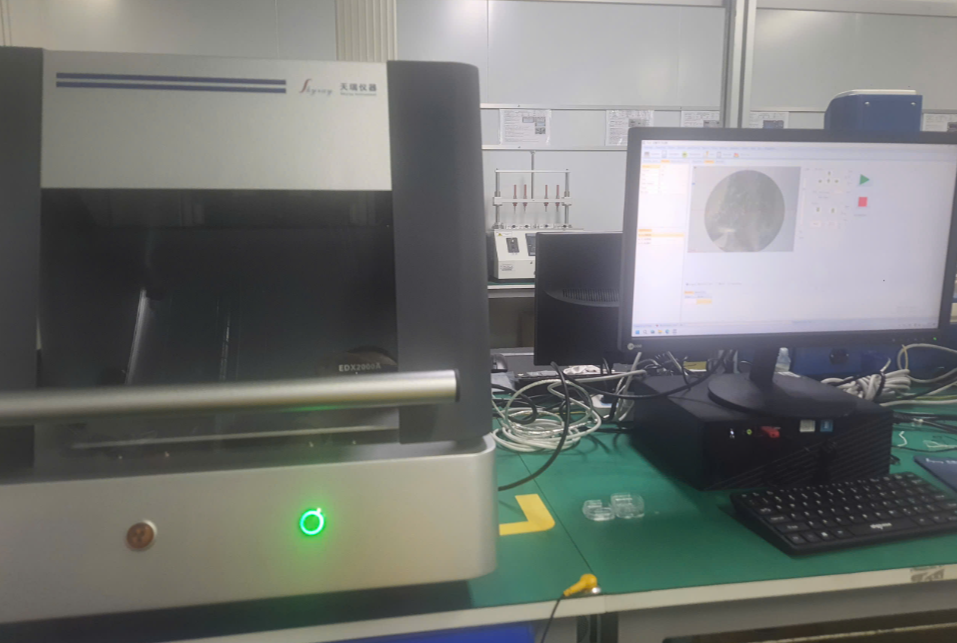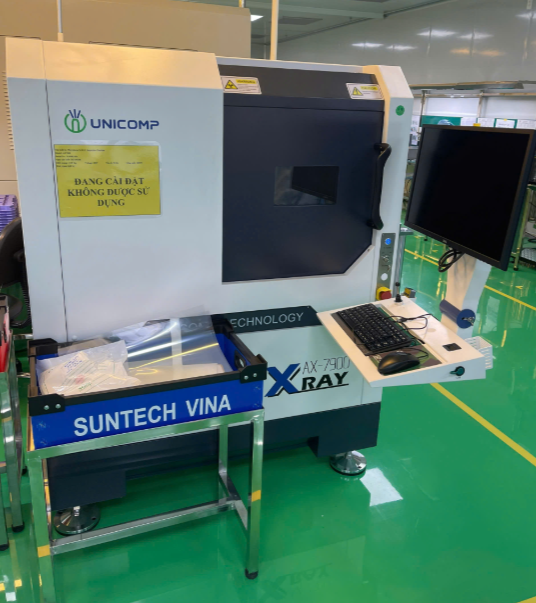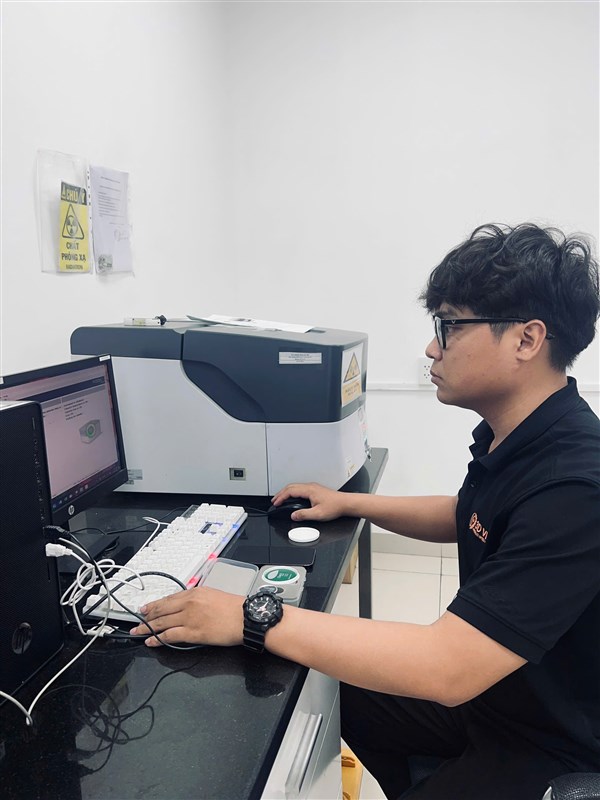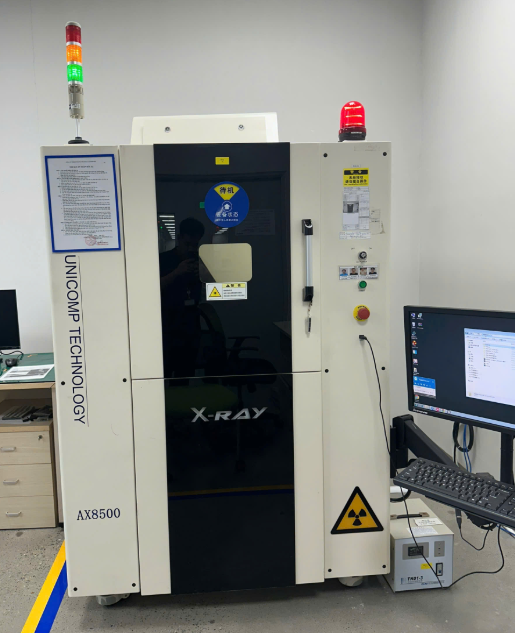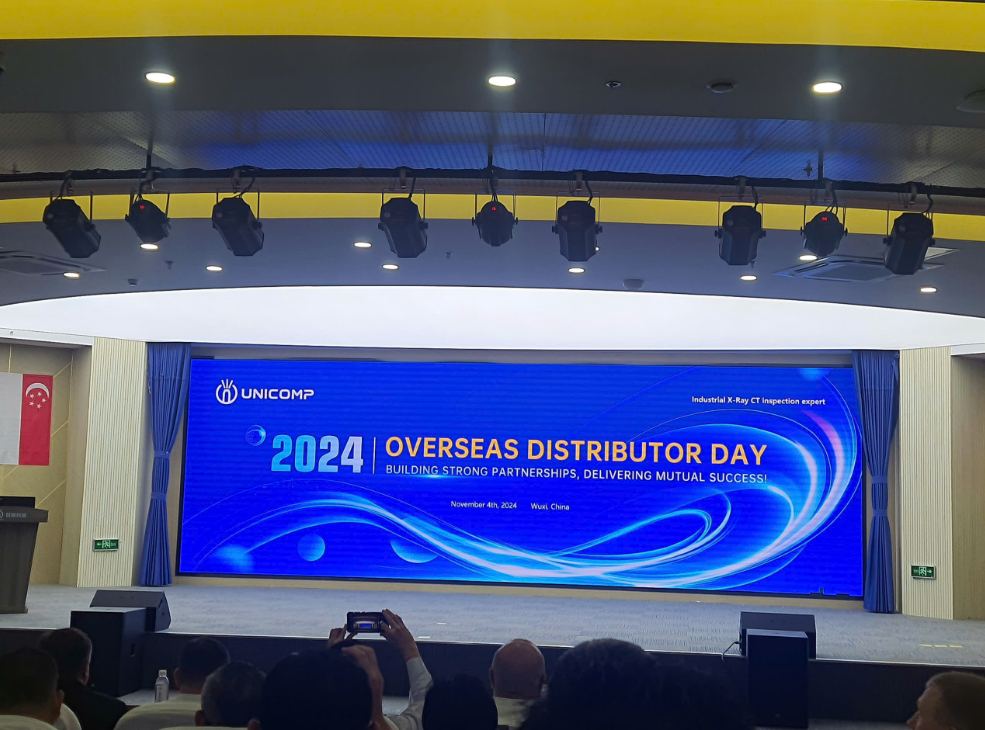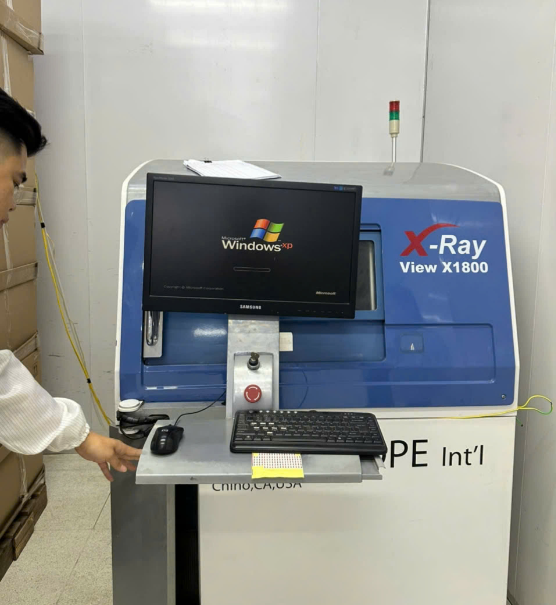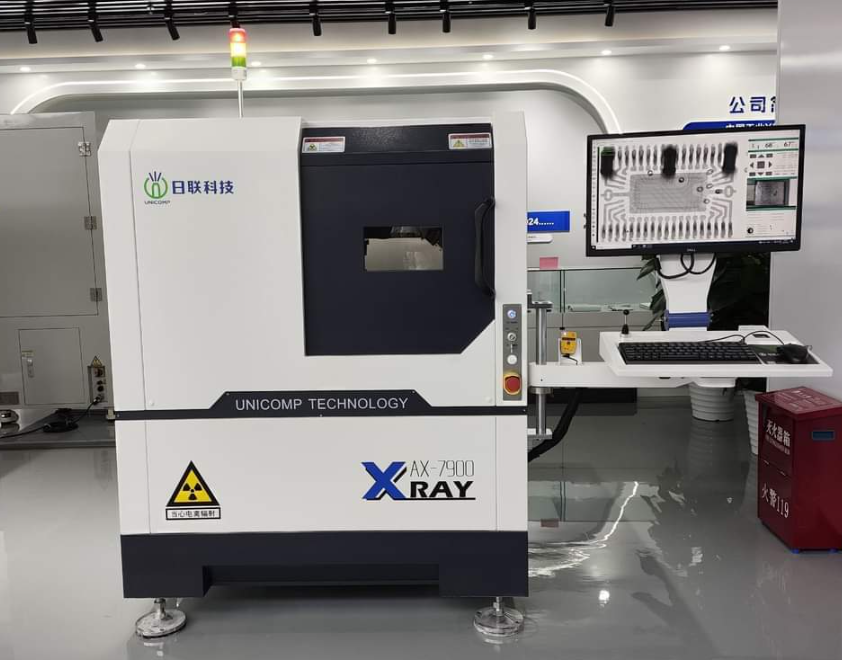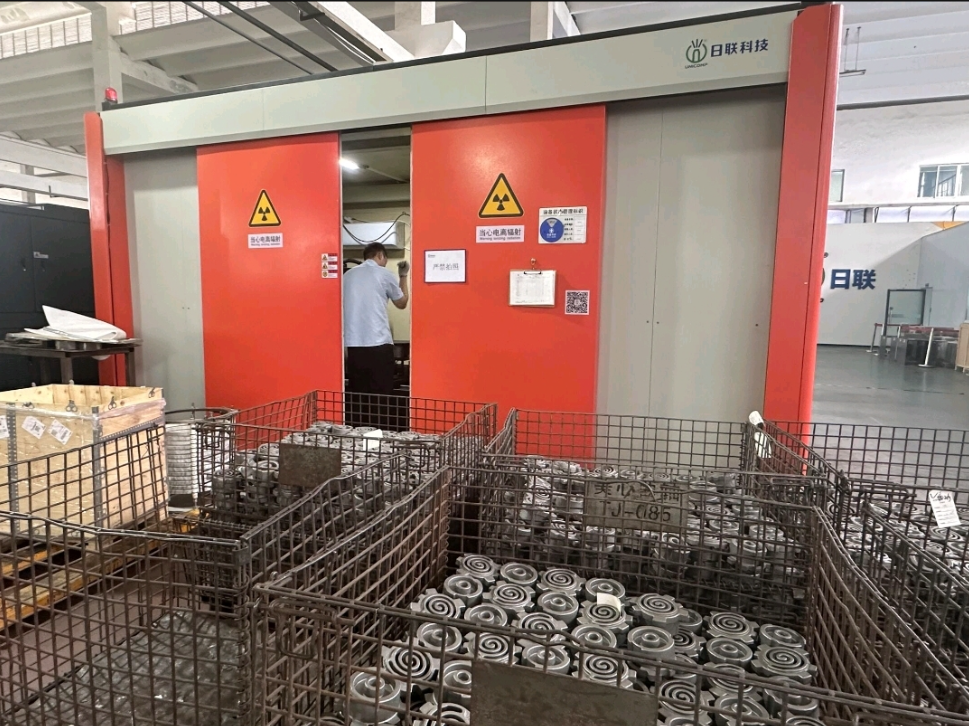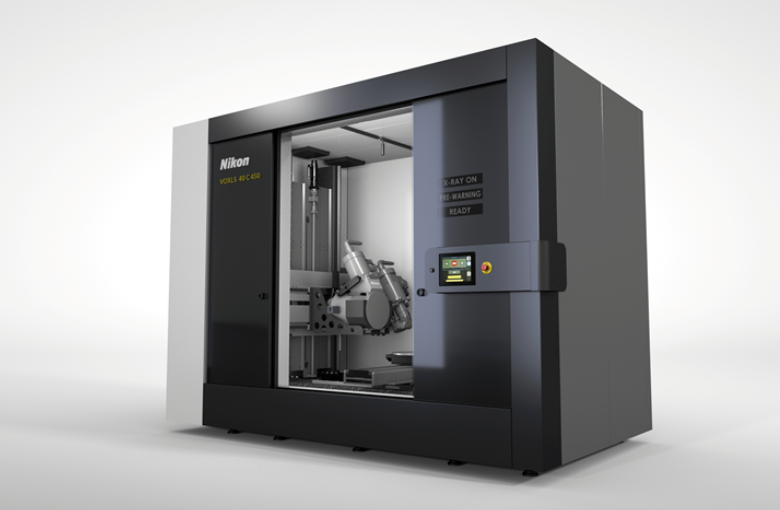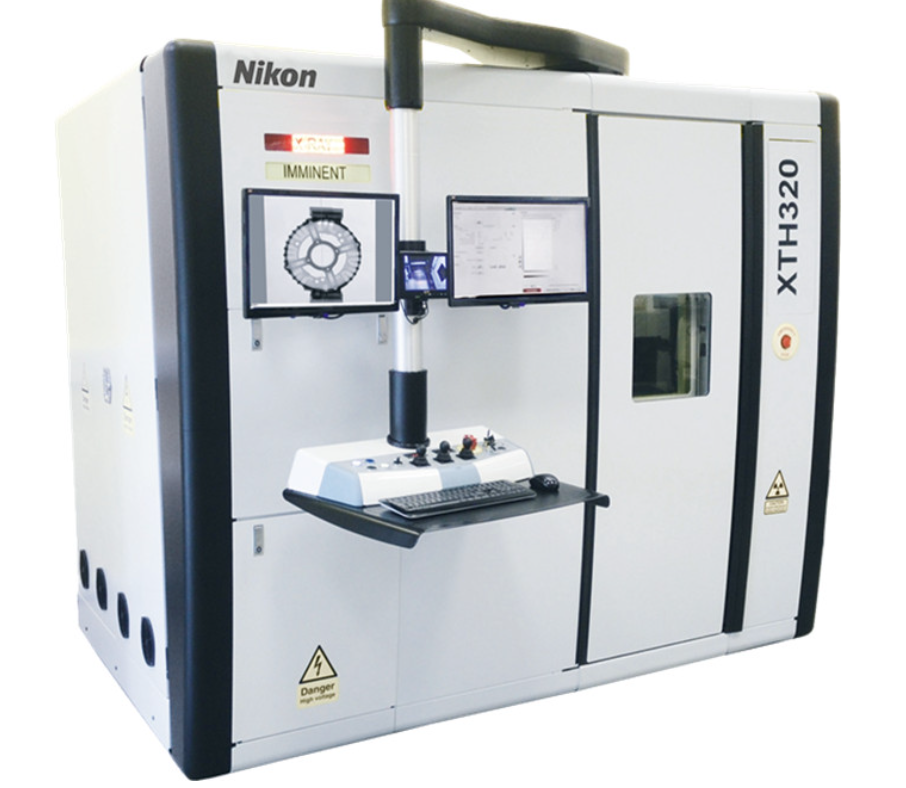Many times stronger, more powerful, with the ability to shine through even large blocks of aircraft engines. This is a special industrial CT scanner based on a 9MeV linear accelerator, the first one of its kind built in Cincinnati, USA. The system has now been tested by scientists from CEITEC BUT.
The close cooperation between CTLAB CEITEC and the world-leading manufacturer of computed tomography (CT) solutions for industrial inspection and R&D, Waygate Technologies, gave rise to the idea of carrying out a feasibility study on a selected high-tech product, on which the advantages of this equipment would be best presented. For this purpose, the partners teamed up with the Brno-based company MSR Engines s.r.o., which deals with the development and production of motorised surfboards, electric skateboards and drone propulsion units.

The testing focused on the motorized Jetsurf surfboard, which, with its length of almost 2 meters and carbon body containing the drive unit, was an ideal object for verifying the geometric and detection capabilities of the Phoenix Power|scan HE CT system from Waygate Technologies, the industry’s fastest high energy CT scanner for large components. The board was completely digitized within 9 partial scans with a voxel resolution of 150 µm in 30 hours. The measurement took place in the Customer Solutions Center of Waygate Technologies in the US. The generated data file with a volume of 250 GB was then analyzed by powerful stations in the CT laboratory in Brno.
All this activity is part of the preparatory phase of the LINACTON project, in the implementation of which the Laboratory of Computed Tomography (CTLAB) participates. The goal of the project is to bring high-energy CT to the Czech Republic and establish this technology for industry and also for research. In Cincinnati, this facility has been in operation for over a year, and the industry interest in this type of analysis has been enormous.
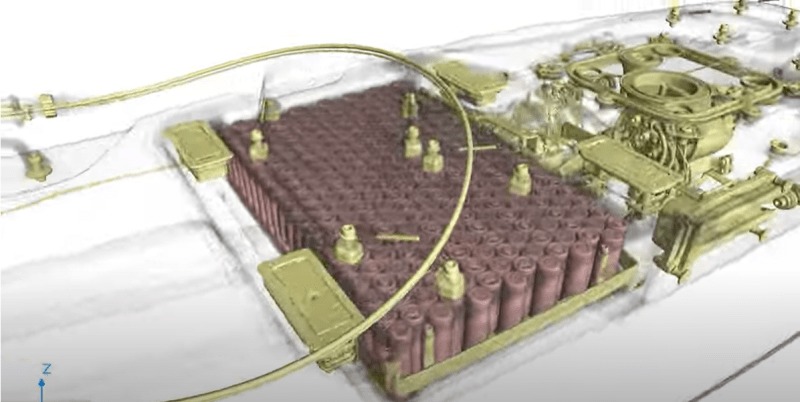
“Since this is a significant trend in the field of non-destructive testing or NDT, it was necessary to verify the possibilities and applicability of this high energy CT technology on a real product. I am glad that this test has successfully been carried out with a complex Czech product, and I also believe that this technology can soon play a key role in testing for the defense, aviation and battery industries, or the constantly developing additive manufacturing,” said Jozef Kaiser, head of research group Advanced instrumentation and methods for material characterization.



